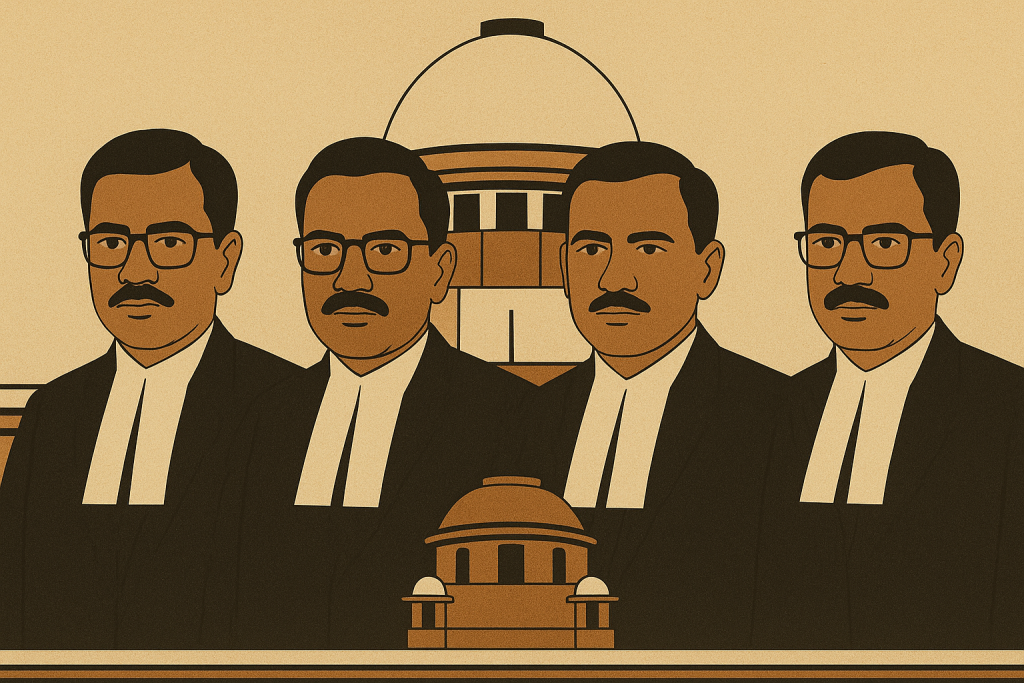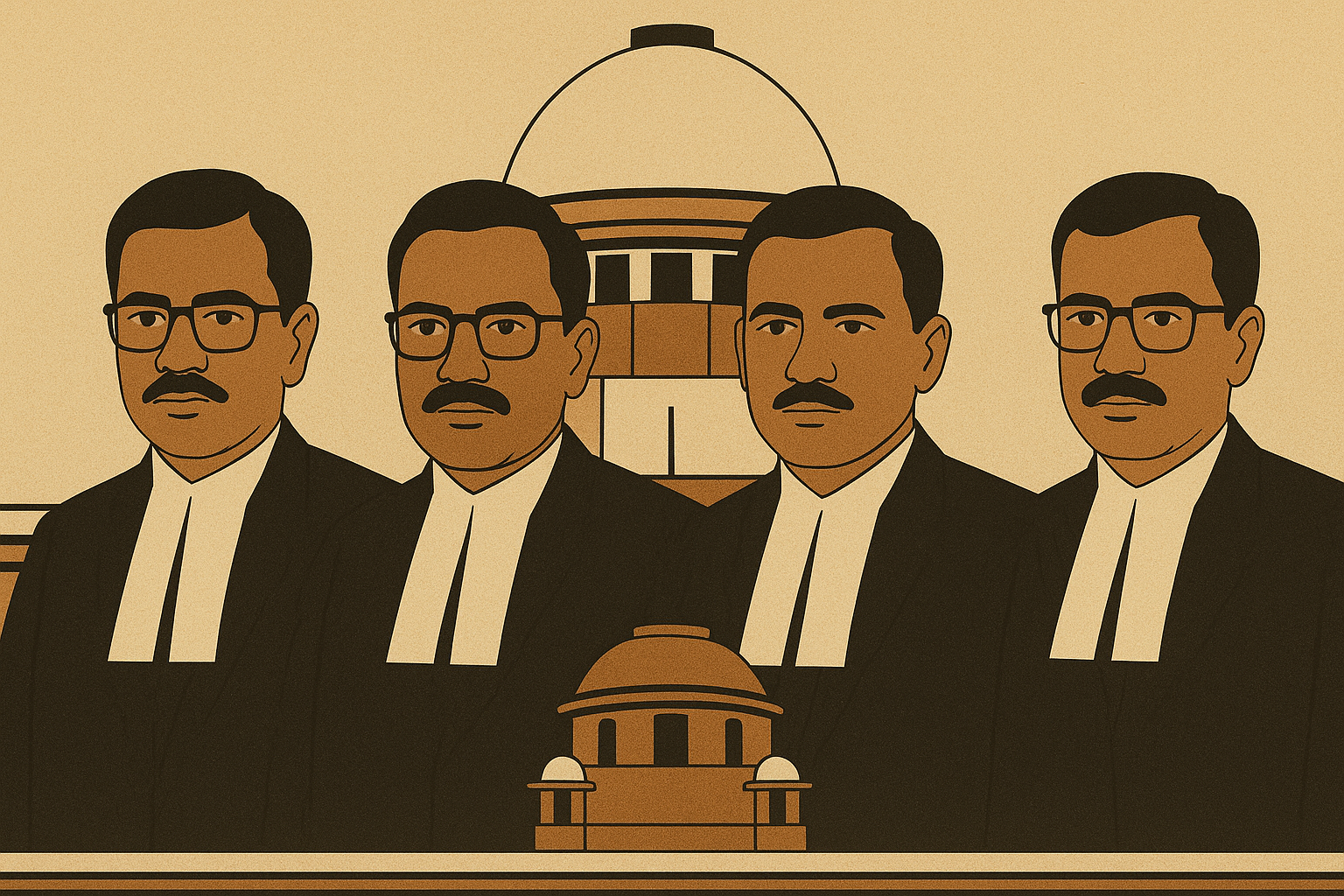
On May 26, 2025, the Supreme Court Collegium, headed by CJI BR Gavai, proposed the transfer of 21 High Court judges and 4 Chief Justices across India. This important reorganization aims to improve both the efficiency and impartiality of the Indian Judiciary by redistributing judicial expertise.
What is the collegium system?
The collegium system appoints and transfers judges within the higher judiciary, specifically the Supreme Court and High Court. A series of judicial precedents established this system, which includes the Chief Justice of India and the four most senior judges of the Supreme Court. It evaluates various factors, including seniority and judicial performance, when making decisions regarding the appointment and transfer of judges. Transfers are suggested to uphold integrity and prevent local biases.
Notable transfers an appointment
Authorities have appointed Justice Sambre to the Delhi High Court, where he is widely recognized for his strong commitment to civic accountability and environmental governance. He earlier served on the Nagpur bench of the Bombay High Court, and many view his transfer as a testament to his judicial expertise. At the Delhi High Court, he will serve as the second most senior judge, after Chief Justice Devendra Kumar Upadhyay. This position makes him a key member of the judges’ collegium.
Justice Paul has been proposed for transfer to the Calcutta High Court. He has been serving as the Chief Justice of the Telangana High Court since January 2025. He has consistently demonstrated a steadfast commitment to legal implementation and maintained a courteous demeanor throughout his tenure. Following his transfer, he will rank as the third senior-most judge at the Calcutta High Court.
Justice Singh will assume the role of Chief Justice of the Telangana High Court. He is currently the Chief Justice of the Tripura High Court. Earlier, he held several prominent positions, including executive chairman of the Jharkhand State Legal Services Authority and judge at the Patna High Court.
Authorities have nominated Justice Chauhan as the next Chief Justice of the Jharkhand High Court. He previously served at the Himachal Pradesh High Court. He enjoys a strong reputation for his substantial contributions to public welfare and environmental issues.
Rationale Behind the Transfers
This transfer primarily aims to uphold a balanced distribution of judicial experience and to prevent bias within the Indian judiciary. The Supreme Court Collegium’s realignment of various judges across different courts aims to mitigate the emergence of local prejudices and to foster a more cohesive judicial system. Furthermore, such transfers contribute to the accumulation of experience for judges, thereby enhancing their perspectives and decision-making abilities.
Challenges
The transfer process has encountered considerable obstacles, notwithstanding its anticipated advantages. In November 2023, the Supreme Court expressed disapproval of the union government’s selective endorsement of the collegium’s recommendations. This situation resulted in delays and disruptions regarding the seniority of judges. Such capricious actions by the central government could adversely affect the morale of the judiciary and may deter qualified individuals from pursuing judicial appointments.
Conclusion
The recent recommendations by the Supreme Court Collegium mark a significant step toward enhancing the judiciary’s efficiency and impartiality. While these transfers aim to reduce local biases, it is equally important to address the challenges they bring and ensure their timely implementation to uphold public trust.
